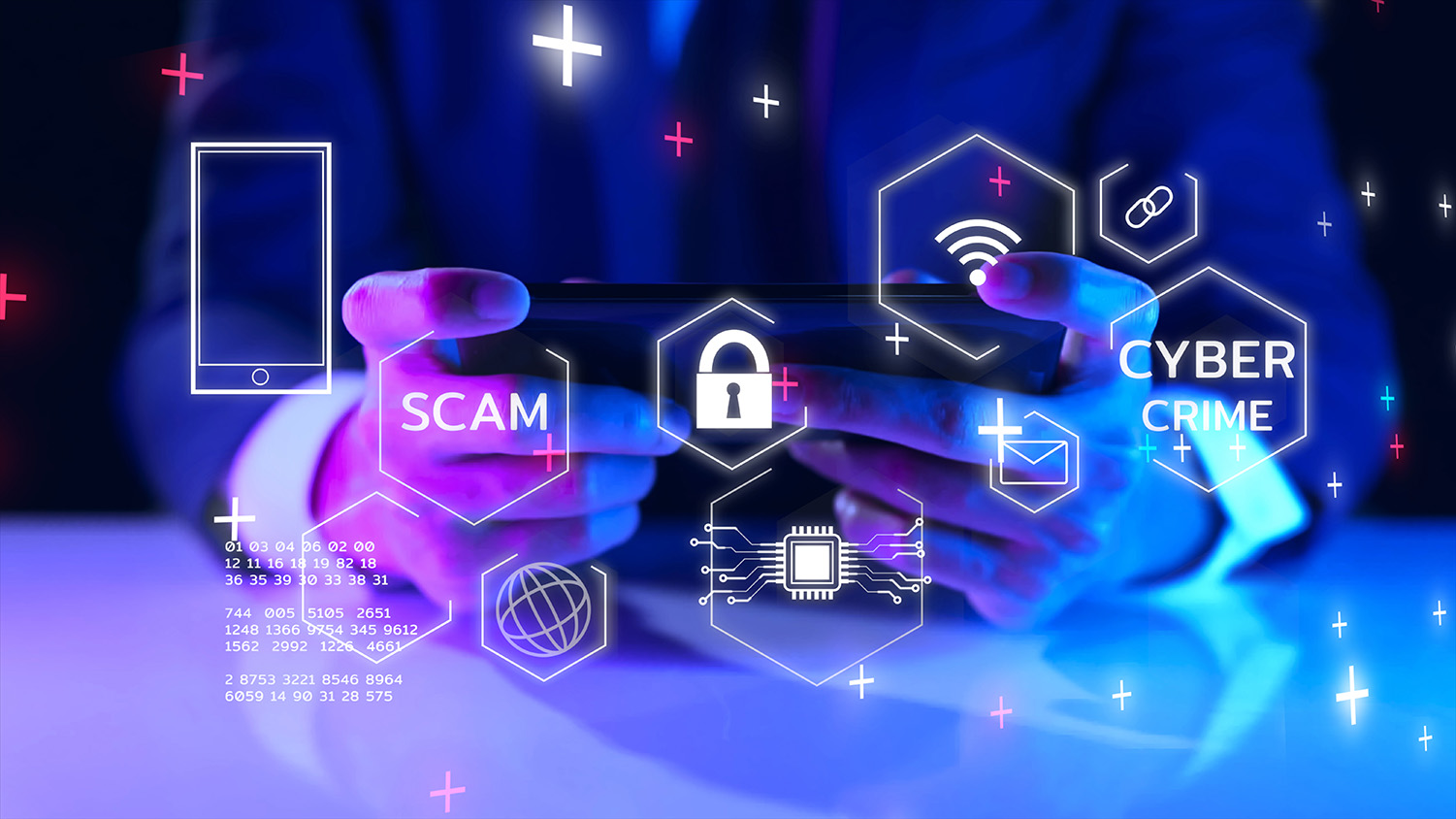The online threats are everywhere. They don’t just begin with your inbox and end with your bank account. In fact, they can be a whole lot more social than you might think.
They can crash down on you in Facebook, roll around in LinkedIn, and then land somewhere in the Twitterverse. The end goal could be to use your credentials to hack into other accounts; it could be to read personal messages, or it could just be to make you look stupid.
Whatever the case is, it’s important that you and your staff know why you should protect your company’s social media accounts and then how to do it successfully. Here are two major reasons your social media could become the online threat you never saw coming and a few simple tips to help you avoid that possibility.
Multiple Account Hacking
Let’s face it. The password you use for one online account is probably used for another online account. Why do we assume that? Well, it’s simple, really. Statistically speaking, people have an average of 24 online accounts, but use 6 passwords in total to protect all of them… which obviously means people are reusing passwords.
If you’re going to reuse passwords, there’s nothing we can do to stop you. It’s not a good idea, but you know the consequences and you’ve known about them for years. However, this being said, if you’re reusing a Facebook password to secure your banking account or reusing a LinkedIn password to secure your email account, then you will have issues.
Typically, businesses give out their social media credentials to multiple people within their organization, and because of this, there’s a much higher risk for a hacking. And if you’re reusing these passwords, then this hacking could easily turn into hackings.
To prevent this, there are plenty of things you can do – like not reuse passwords. However, we all know how well that will turn out. So, instead, you could potentially reuse passwords for similar accounts – in other words, only reuse your Facebook password for other social media accounts. But then again, that could just as easily result in a wildfire hacking – a quick and brutal hacking of all social accounts.
Another option is to rely on detailed processes and controlled admin rights to dictate who has access to what and why. With this, you can also determine who can only post on your sites and who actually knows the passwords. This means that you can give someone access to post through their personal account or through a tool like Buffer, but you never give them your company’s social media credentials.
Post Hacking
Hacking into other accounts is probably the worst-case-scenario when it comes to poor social media security, but there are still other ways this specific threat can damage your business.
When people manage your company’s social media accounts, this can sometimes mean their personal profile is attached to your company profile. For example, if they have admin access to your company’s Facebook, then they can effortlessly switch back and forth between profiles. They can post, edit, reply, and message with no need to login or remember credentials.
Now what happens if they lose their phone or someone steals their laptop? These are everyday situations that can easily result in a social media hacking. Some random thief can steal your phone, gain access to your company profile, and post whatever they want. Sure, you’ll probably notice what’s going on after the first or second post, but by then, the damage will already be done.
To avoid this situation, again, you should rely on detailed processes to determine next-steps and proactive measures. What happens when a device is stolen? How should you handle device security? Should employees with access to your social media accounts be required to lock their devices? To log out of their social media apps? To install phone-tracking software with remote wipe capabilities? These are the types of questions you should consider when contemplating social media security.




